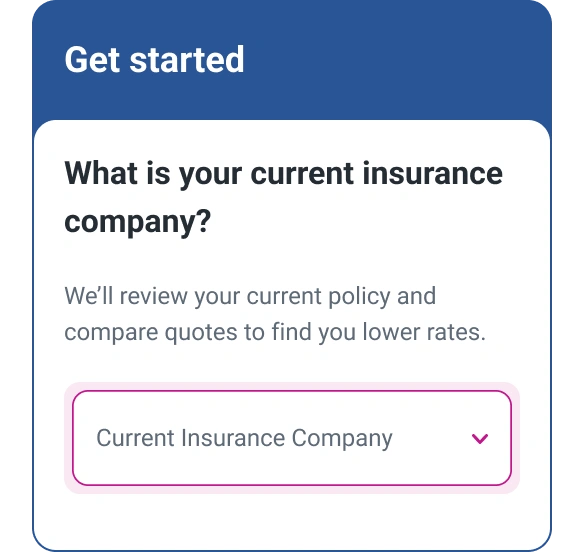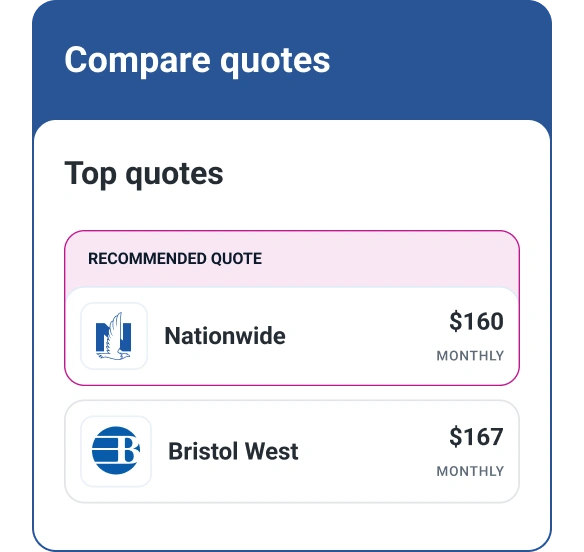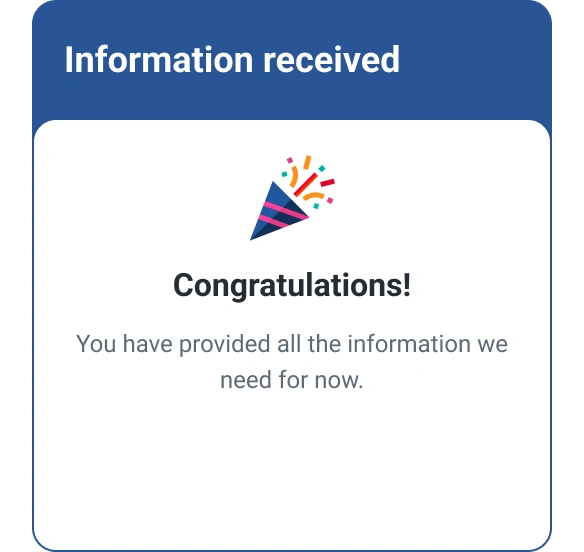What Is a Car Insurance Estimate?
Quick Answer
A car insurance estimate is the document that details the repairs needed on a car and their costs. Car insurers or repairs complete an estimate by inspecting vehicle damage and recording repair needs.

A car insurance estimate, also called a repair estimate, is a document that details the cost to repair your vehicle after it's damaged. The estimate is created based on a detailed assessment performed by an insurance company representative, car repair shop or both.
Working with your insurance company to get an estimate is the first step toward getting your vehicle repaired.
How Do I Get a Car Repair Estimate?
After your vehicle is damaged, you may get an estimate on the cost to repair the damages and the amount you'll be responsible for paying. To get an estimate you can:
- Contact your insurance company and file a claim. To file a claim, follow your insurer's process. This may be something you can do over the phone or online. You will be connected with a representative who will help handle your claim. If you have been involved in an accident with someone who has a different insurance provider, you may work with their representative to have an estimate done.
- Choose the auto repair business that will work on your vehicle. Where your vehicle is repaired is up to you. The insurance company can't force you to get an estimate or repairs from a particular shop—though they may require you to get additional estimates depending on the price you're quoted. Once you get an estimate done by the repair technicians, the insurer may send an estimator in person to the shop or review the technicians' estimate.
- Alternatively, meet with an estimator at your home or submit a virtual estimate. This may be ideal for vehicles in poor driving condition. Your insurer may send a field estimator to your home. Some insurers permit completely virtual estimates through their apps.
If you don't want to go through your insurance or don't have full coverage, you can still get an estimate done by your chosen repairer before work begins. Auto body shops can write an estimate for you if you can get your vehicle to their location by driving or having it towed.
How Does a Car Repair Estimate Work?
After your vehicle is damaged, it may take a few days for an estimator to look at it. Estimates begin with an inspection that could be as short as 15 minutes or as long as a couple of days. If there is significant damage, it will take longer to assess.
Estimators note all parts of the vehicle that need to be repaired or replaced. Then they tally up the cost of these items and associated labor rates. This information will be provided on the estimate document.
An estimate may result in a vehicle being considered "totaled" if the cost of repairs crosses a certain threshold. States may have rules that determine the point at which the cost of repairs becomes too great relative to the value of the car, or your insurer will make the determination.
What's on the Official Estimate Document?
Your official estimate document will include:
- The names of insurance representatives working on your claim
- Information that identifies your claim
- Vehicle information
- A line-by-line description of parts that need to be repaired or replaced
- A description of each type of repair that will be completed on these parts, including things such as:
- Repainting
- Which parts will be removed and reinstalled during the process
- Any repairs that will need to be completed by a specialist third-party repairer
- All of the part numbers associated with the repair work
- The status of each part such as OEM, certified, aftermarket or recycled
- A detailed breakdown of costs for parts and labor
- Any amount that the owner may be responsible for paying such as a deductible
Is My Car Repair Estimate Final?
A car estimate is just that—an estimate. It documents both the repairs that will be performed, what they are expected to cost and what is covered by insurance. Working with your repairer and insurance representative may require a longer-than-expected process to come to a final number. If the original estimate is not enough to complete repairs, you or your repairer may negotiate with the insurer to request more money.
The insurer may also offer more money as new information arises. Some instances where the estimated amount may change include:
- Parts price difference: If the originally ordered replacement parts are unavailable, your estimate may be adjusted to accommodate different parts prices.
- Further damage found during repairs: If more damage is found once repairs begin, the estimate may be amended.
- Sublet repairs: Your repairer may not be able to do some specialty work, like glass repair. Therefore, the estimate may need to adjust to accommodate paying for a third-party repairer.
Your car repair estimate is a negotiable, adjustable amount throughout the repair process. If you don't agree with all of it, work with your repairer and estimator to come to an agreeable number.
The Bottom Line
Getting an estimate requires you to work with your insurer. You both have the goal of affordably repairing your vehicle. Agreeing on the repair estimate is part of that process.
But if you don't always see eye to eye with your insurer, it may be time to shop around for a different plan. That's where Experian's auto insurance comparison tool comes in. It can provide insurance quotes for apples-to-apples coverage from over 40 of the top providers in minutes. Check out your potential savings today.
Don’t overpay for auto insurance
If you’re looking for ways to cut back on monthly costs, it could be a good idea to see if you can save on your auto insurance.
Find savingsAbout the author
Emily Cahill is a finance and lifestyle writer who is passionate about empowering people to make smart choices in their financial and personal lives. Her work has appeared on Entrepreneur, Good Morning America and The Block Island Times.
Read more from Emily

